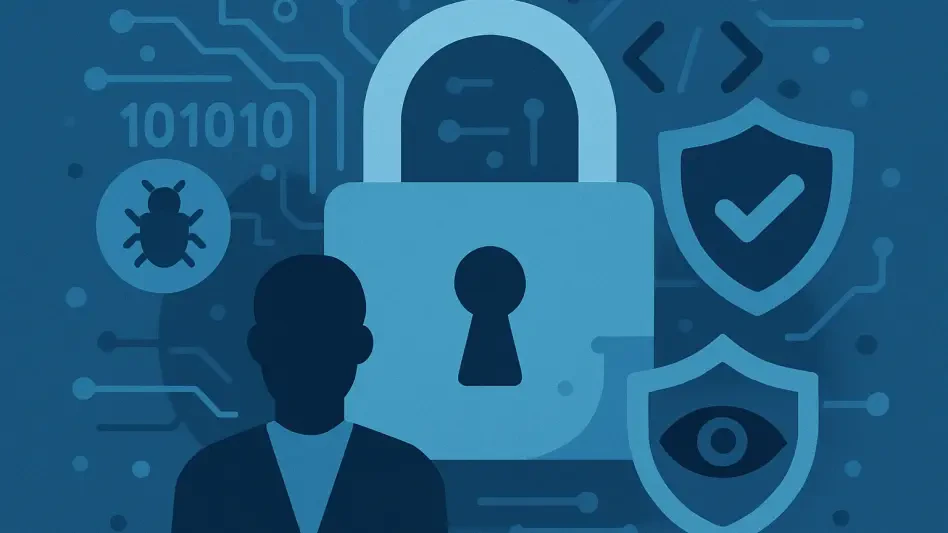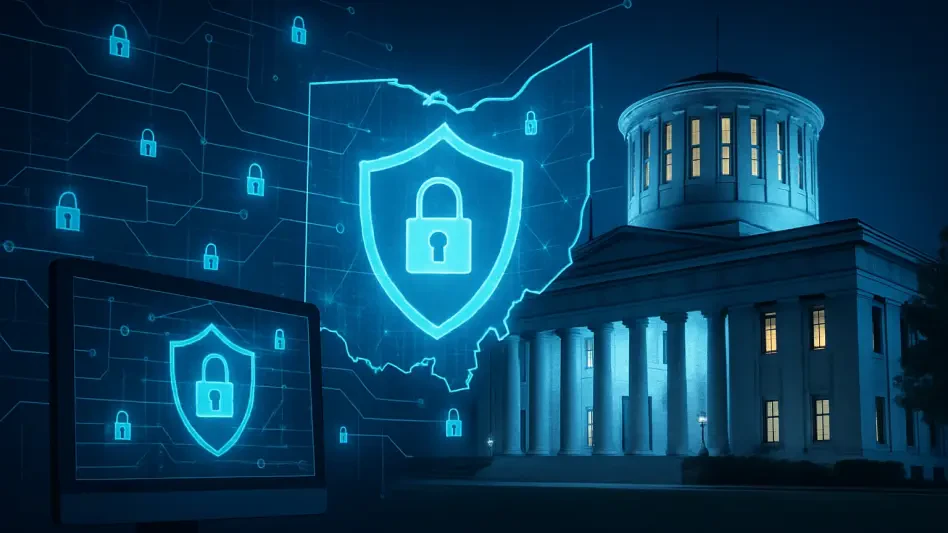In an unexpected turn of events within the cybersecurity landscape, SPAWNCHIMERA has emerged as the latest iteration of the SPAWN malware family, focusing its attack on Ivanti Connect Secure VPN appliances. This sophisticated malware exploits a specific buffer overflow vulnerability (CVE-2025-0282) in these devices, leveraging improper handling of the strncpy function within the web server component to execute remote code. Documented cases of exploitation by JPCERT/CC were reported as early as December 2024 in Japan, even before Ivanti issued any advisory on the matter.
Uncovering SPAWNCHIMERA’s Tactics
Employing Advanced Methods for Persistent Access
SPAWNCHIMERA distinguishes itself by integrating capabilities from earlier SPAWN variants like SPAWNANT, SPAWNMOLE, and SPAWNSNAIL to maintain persistent access, facilitate lateral movement, and intercept network traffic. A key advancement lies in the malware’s enhanced use of UNIX domain socket communication. Unlike its predecessors, SPAWNCHIMERA utilizes more sophisticated XOR-based decoding routines to ensure commands and communications remain under the radar. By removing debug messages that previously could have betrayed its presence, this malware also reduces the chances of early detection by cybersecurity tools and professionals.
The injection of processes employed by SPAWNCHIMERA not only allows it to carry out its harmful activities surreptitiously but also to monitor and control traffic without triggering suspicion. The stealth of this methodology represents a significant leap in the capabilities of the SPAWN malware family, illustrating a notable evolution in both technique and efficacy. These changes make SPAWNCHIMERA particularly insidious, capable of lingering on networks undetected while continuously adapting to evade countermeasures employed by defenders.
Ingenious Exploit Monopoly Strategy
Another intriguing aspect of SPAWNCHIMERA is its cunning strategy to monopolize the CVE-2025-0282 vulnerability it exploits. The malware uniquely includes a self-contained fix for this vulnerability by hooking and altering the strncpy function. Through this modification, it restricts buffer copies to 256 bytes, neutralizing the buffer overflow. SPAWNCHIMERA employs a clever verification process where it checks if the name of the process adds up to a hexadecimal value of 0x13E, which translates to “web.” If this sum is correct, the malware enforces the size limit, effectively patching the vulnerability but preserving its own exploit capabilities.
To further ensure its exclusive control over the vulnerability, SPAWNCHIMERA uses a specific bypass signature (0x04050203) to bypass these restrictions selectively. Thus, it grants itself continuous access while preventing other potential attackers from exploiting the same vulnerability. This strategy confounds incident response efforts as it creates a false sense of security; organizations may mistakenly believe the vulnerability has been patched when, in reality, the malware remains active and in control. The level of sophistication displayed in this monopolization tactic hints at the involvement of state-aligned actors, underscoring the seriousness of the threat posed by SPAWNCHIMERA.
Mitigation and Future Considerations
Recommendations for Immediate Actions
In light of the sophisticated threat posed by SPAWNCHIMERA, cybersecurity experts strongly recommend organizations with Ivanti Connect Secure VPN appliances prioritize patching these systems immediately. This action is crucial in closing the exploited CVE-2025-0282 vulnerability before the malware can take hold. Alongside patching, organizations should carefully check their systems for signs of compromise that indicate the presence of SPAWNCHIMERA. Notable indicators include the UNIX socket /home/runtime/tmp/.logsrv and the existence of suspicious shared objects like libdsupgrade.so.
Publicly shared hashes of SPAWNCHIMERA should also be utilized to scan and detect the malware. By remaining vigilant and proactive in the identification of these indicators, organizations can mitigate the risk of ongoing malware activity. Moreover, cybersecurity professionals must keep up with the latest threat intelligence updates regarding SPAWNCHIMERA to ensure timely detection and response to any potential attacks.
Long-Term Cybersecurity Strategies
The timeline underscores how the threat actors moved quickly, exploiting vulnerabilities even before vendors could issue warnings or patches. This situation highlights the evolving nature of cybersecurity threats and the need for continuous vigilance. Researchers and cybersecurity professionals must prioritize prompt identification and remediation of such vulnerabilities to safeguard critical systems and networks effectively.







